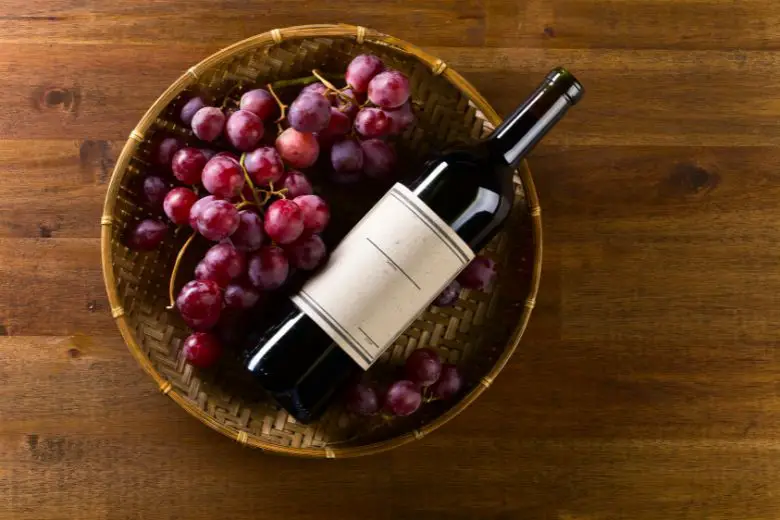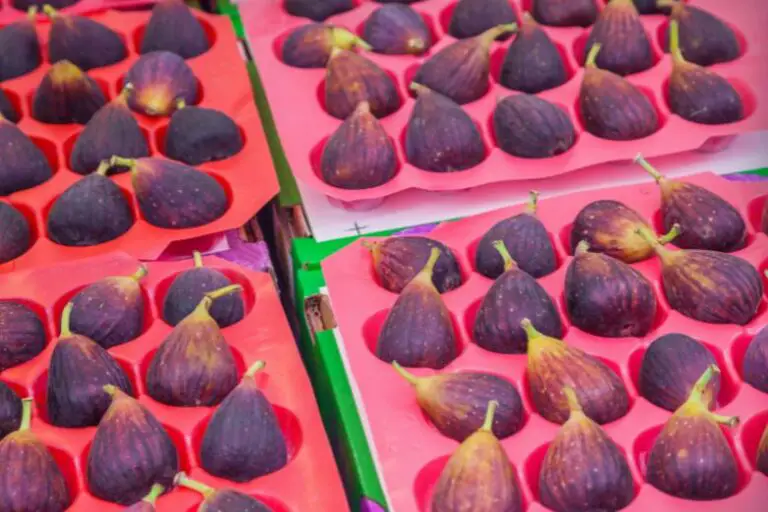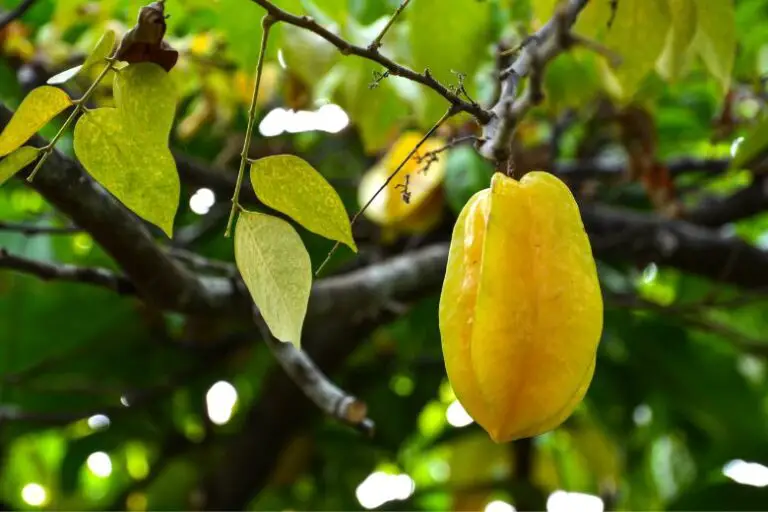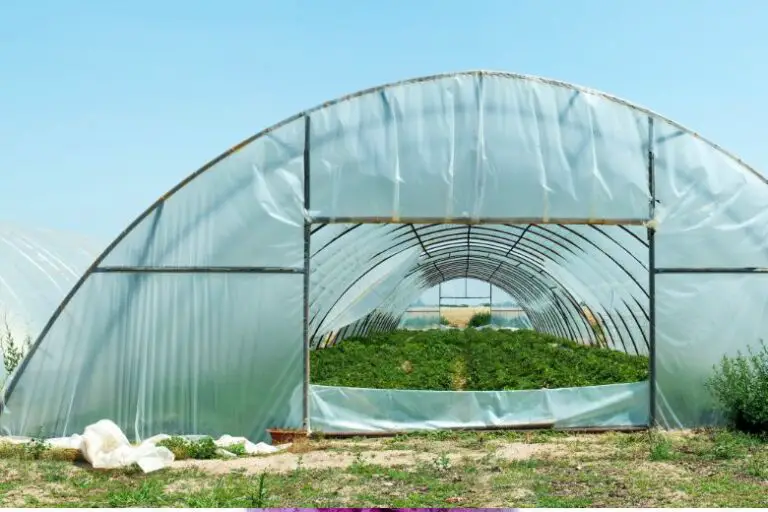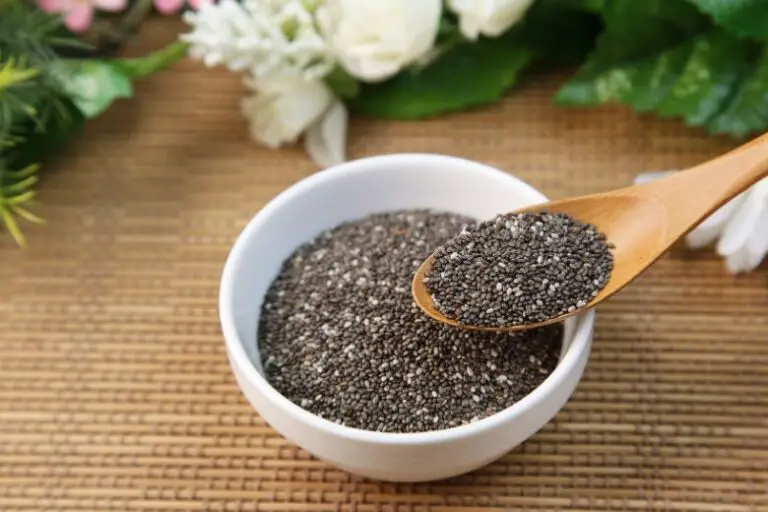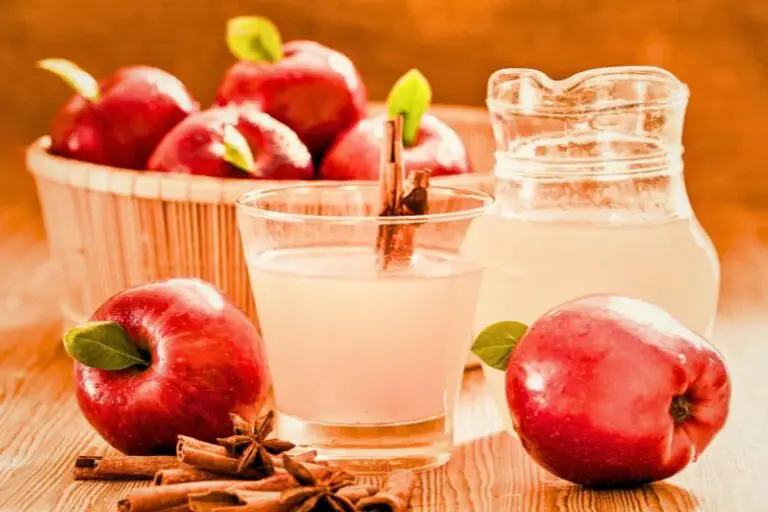Is Red Wine Made from Red Grapes
Wine has been cherished for centuries, captivating the senses and accompanying moments of joy and celebration. Red wine, a rich and alluring elixir, often raises the question: “Is red wine made from red grapes?” The answer, in short, is yes. However, the journey from grape to glass involves a series of intricate steps that contribute to the unique characteristics of each bottle.
The Grape Variety
Red wine indeed starts with red grapes. The choice of grape variety plays a pivotal role in the flavor profile of the wine. Varieties like Cabernet Sauvignon, Merlot, and Pinot Noir are commonly used, each bringing distinct nuances to the final product.
Harvesting the Grapes
Harvesting is a critical phase. Grapes are carefully hand-picked or machine-harvested, ensuring they are at their optimal ripeness to maintain the balance of sugar, acidity, and tannins.
Crushing and Destemming
Once harvested, the grapes are crushed and destemmed to extract the juice. The process varies – some winemakers prefer to include stems for added tannins, while others remove them for a smoother taste.
Fermentation: Where Magic Happens
The extracted grape juice undergoes fermentation. Yeast is added, transforming sugars into alcohol. This process generates heat and carbon dioxide, breaking down the grape’s components and intensifying flavors.
Pressing the Must
After fermentation, the grape solids are pressed to extract remaining liquid. This liquid, called “must,” is aged separately before blending.
Aging and Oak Barrels
Aging plays a crucial role. Red wines often mature in oak barrels, where they absorb flavors and tannins, enhancing complexity. The type of oak and duration of aging contribute to the final taste.
Blending for Excellence
Winemakers showcase their artistry by blending different lots to achieve desired flavors. This step allows for harmonizing various characteristics and achieving consistency.
Clarification and Filtration
Before bottling, the wine is clarified and filtered to remove sediment and ensure clarity. Some winemakers avoid filtration to retain a more natural essence.
Bottling the Elixir
The wine is bottled and sealed, preserving its character. Proper bottling is vital to safeguard against oxidation and maintain the wine’s quality.
The Art of Red Wine Production
Crafting red wine is a symphony of science and art. From selecting grapes to perfecting aging techniques, every step requires precision and intuition.
Health Benefits of Red Wine
Moderate red wine consumption has been linked to potential health benefits, including heart health and antioxidant properties. However, it’s essential to enjoy wine responsibly.
Pairing Red Wine with Culinary Delights
The right wine pairing can elevate a culinary experience. Robust red wines complement hearty dishes, cheeses, and even chocolates, enhancing the overall taste.
Decoding Wine Labels
Wine labels hold valuable information about the origin, grape variety, and winemaking practices. Learning to decipher these labels can enhance your wine selection.
Savoring the Red Elixir: Wine Tasting 101
Appreciating red wine involves the senses of sight, smell, and taste. Learning the art of wine tasting can help you discern flavors and aromas like a seasoned sommelier.
Conclusion
Red wine is indeed made from red grapes, but its journey is an intricate dance of nature and craftsmanship. From vine to glass, each step contributes to the symphony of flavors that grace your palate.

